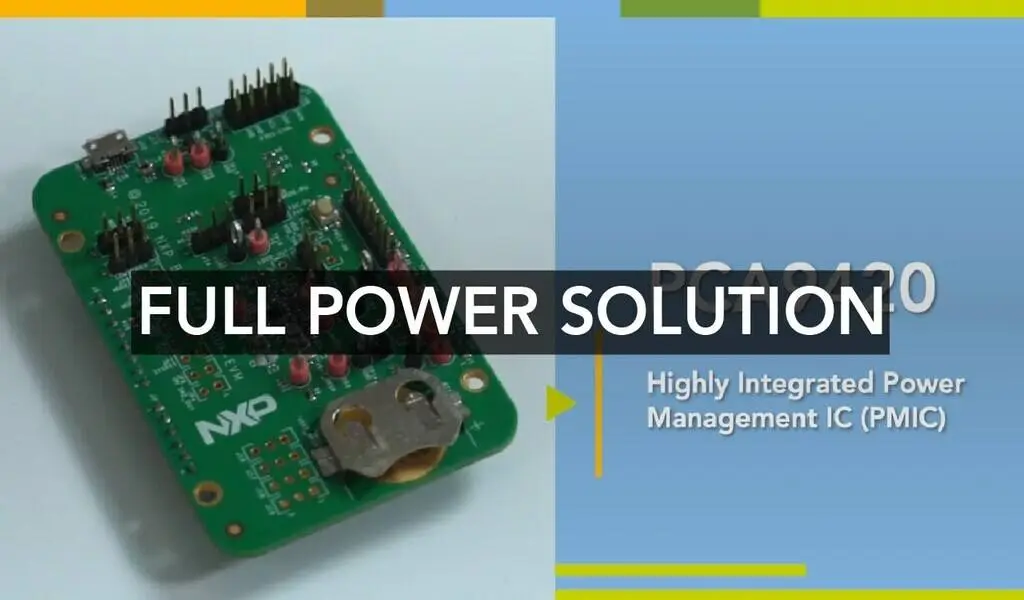Low Power Solution: In modern times consumer preferences for more functionality, as well as lower prices, puts too much pressure on System-on-Chip vendors. Constant advancements in processing technologies and the capacity to create very sophisticated SoCs are not free. As a result, the next iteration of procedures will undoubtedly bring with it a new set of issues.
Power consumption is by far the most crucial restriction for today’s integrated circuit (IC) architecture, as System-on-Chip sophistication has increased. As a result, much effort goes into designing for minimal power consumption by setting power system target.
Along with functionality, operating frequency, and die size, energy consumption has become a fundamental design restraint. Only through developing at all abstraction levels, from design and architecture to intellectual property (IP) component selection and physical design, can lower energy be attained.
At various stages of the structure, emission reduction strategies can be used. Manufacturers should choose elements that take advantage of the most recent advances in low-power technologies. Implementing the proper decisions early in the design and structural granularity can result in the most efficient energy reductions.
It is critical to preserve power through deliberate design of the operating system and application applications, in addition to implementing strength hardware design approaches.
Design Abstraction Levels
Power minimization may be achieved at several stages of architectural abstraction, including system, structural, gate, circuits, and technologies. Inactivated modules can be switched off at the design stage to conserve energy. Parallel hardware can be employed at the architectural level to minimize global connection and lower supply voltage without affecting transmission rate.
At the gate level, technique is often utilized. At the circuit level, a range of design strategies may be utilized to decrease both dynamic and static power. Designers have several options at various levels of abstraction for particular design requirements. The designers must choose an algorithms, structure, and different factors such as voltage level and operating frequency according on specific design limitations (including such energy, efficiency, and pricing). This multi-dimensional design phase allows for a variety of trade-offs.
Because the greatest levels of abstractions have the biggest influence on design parameters, the most successful design decisions come from selecting and optimizing architecture and techniques at those tiers. Because technical details could only be adequately described or predicted at the technical level, it becomes difficult to foresee the effects and efficacy of design decisions made at multiple levels of abstraction. As a result, IP elements like integrated memory and logic libraries that provide flexibility in deciding multiple layout and power-saving strategies are critical.
Alternative Approaches
Using an asynchronous design approach is an alternate strategy to minimize unnecessary effort. CMOS is an excellent low-power technique because gates only lose energy when they shift. Many gates, on the other hand, switch since they are linked to the clock, even if they’re not processing fresh inputs. As a consequence, when certain functional components are not used, a synchronized circuit loses power.
The clock controller is the biggest gate, as it must deliver a clock signal equally to all portions of a circuit and switch continuously to give the timing standard, even if only a tiny portion of the chip is usable. Asynchronous circuits, on the other hand, are intrinsically dynamic and are only operational when conducting valuable work. Asynchronous circuit components that accept less data operate at a lower average frequency by default. Asynchronous circuits are bigger than synchronous circuits because synchronization of the design necessitates more circuitry.
Installation of reversible logic or adiabatic logic is a developing newer technique which is still in the initial stages of commercial application. The essential assumption of logic functions is to save energy by not destroying data. Every time a logic operation is done, a piece of information is wiped in traditional logic systems. The new method, which employs reversible logic processes that do not delete data, may disperse an infinite amount of heat.
Automatic transistor scaling is now possible with modern location and route technologies. For both efficiency and energy consumption objectives, optimum gate size is critical. Larger transistors have the higher driving capacity, which enhances circuit performance. Because the ups and downs periods are shorter, the short-circuit power is likewise reduced. Oversized transistors, on the other hand, waste both dynamic and static power. As a result, a logic package with a wide variety of output drive intensities is required.
People Also Read:
Orca AI-driven Autonomous Ship Sails 800 Km In Tokyo Bay Without Human Help
Skeleton Of Dinosaur That Inspired ‘Jurassic Park’ Sells for $12.4 Million At Christie’s
Astronomers Reveal 1st Image Of Massive Black Hole At The Center Of The Milky Way Galaxy
Hepatitis Cases in Children Under 13 Raising Serious Flags
⚠ Article Disclaimer
The above article is sponsored content any opinions expressed in this article are those of the author and not necessarily reflect the views of CTN News






